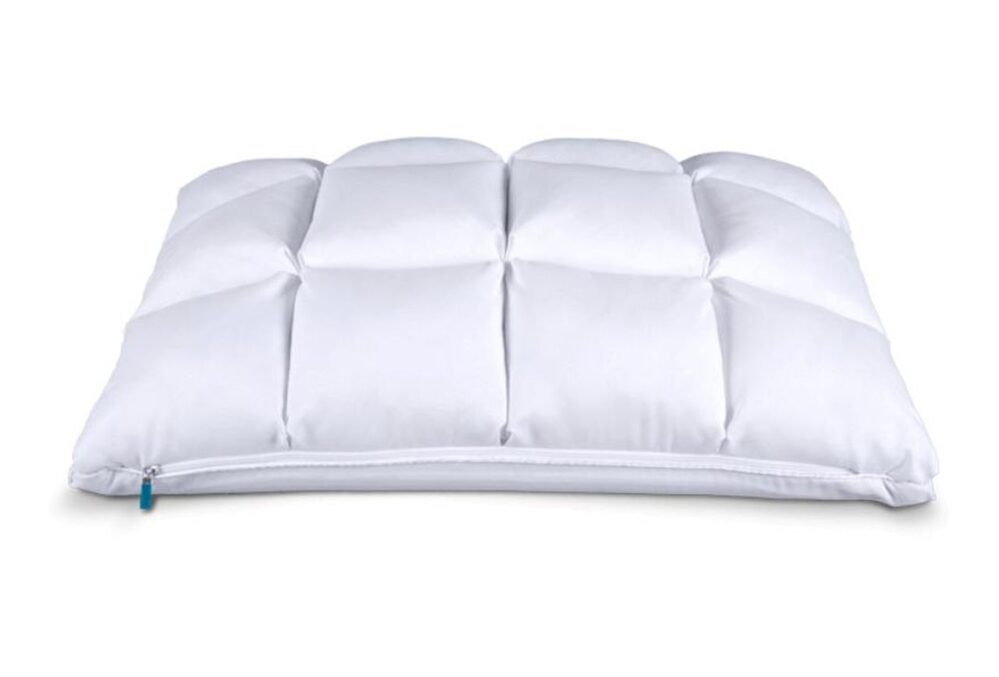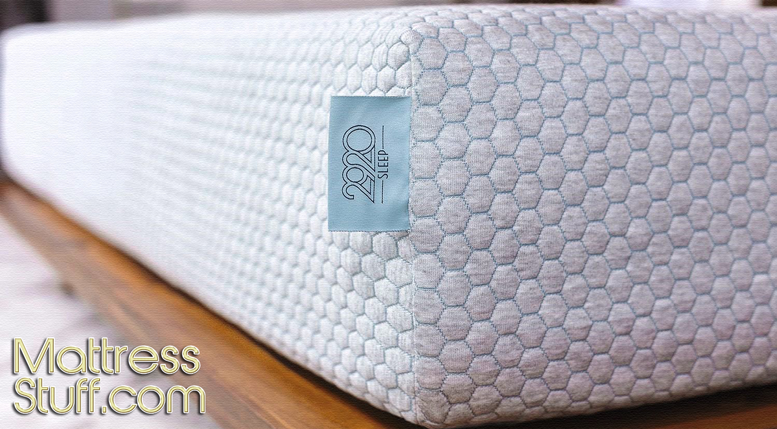
Table of Contents
Sinking into the perfect pillow after a long, tiring day is often the perfect remedy for an achy body in need of rest and recuperation. However, many people still wake up after a full night’s sleep feeling restless, groggy, and worse for wear. This can often be attributed to an unsupportive pillow with a firmness that’s just not quite right.
The Benefits of Using Down Pillows
In addition to providing comfort, the correct pillow, with the right level of firmness can also provide adequate support for the neck, which alleviates and even prevails common types of neck and back pain. The neck naturally curves forward to support the weight of the head while standing in an upright position.
Thus, a pillow is necessary while sleeping to maintain this natural curvature. Without a pillow, the neck can possibly bend unnaturally, inevitably causing neck and back pain.
Personal Preference is Key for Comfort
Personal preference sharply determines the amount to which a pillow is favored over another. If a pillow feels comfortable, it can help one relax into a night of restful, quality sleep, and feel well rested in the morning. The surface of the pillow can also determine its level of personal comfort and can be another factor in achieving a good night’s rest.
The form of the pillow is also critical. The pillow must be able to conform to the shape of a person’s body, as well as the sleeping position of the user. A pillow needs to mold to a person’s individual contours in order to alleviate any pressure point tension. This is why a feather pillow or down pillow is ideal, for it can easily conform to the specific contours of every individual’s body while providing maximum comfort.
Sleeping Position Also Determines How a Pillow Can Be Chosen for Ultimate Comfort
The predominant position in which a person sleeps is also an important factor in deciding on the perfect pillow.
Sleeping on the side
When one sleeps on one’s side, a pillow should support the head and neck, as there is the most distance between the head and the mattress in this position. This gap must be filled in order for the spine to remain straight and to prevent any unnatural bending at the neck.
Side sleepers generally benefit from a firmer down pillow due to the lack of support from a soft or medium pillow. However, one must again remember that the pillow should complement the mattress. If the mattress is firm, then the down pillow should be on the firmer side.
If the mattress is softer, even a pillow top, then this would mean that one would sink deeper into the mattress, requiring a soft to medium pillow to maintain the angle of the spinal during sleep.
As an additional tip, some side sleepers gain extra comfort by placing a small pillow or a rolled up towel underneath the waist for added spinal support.
Sleeping on the back
Conversely, sleeping on the back requires that a pillow fill a smaller gap between the head and the mattress than when sleeping on the side. Thus, a softer down pillow is needed because it is most capable of the three to mold to the contours of the user’s body while sleeping on the back. The pillow should provide adequate support under the head, neck, and shoulders to support the natural curvature of the cervical spine.
Back sleepers generally do not sleep well on a firm down pillow as the purpose of a pillow is to maintain the correct spinal angle while one sleeps so that one’s neck and back muscles can relax. Back sleepers more commonly sleep well on a soft to medium pillow, taking into consideration other issues like where the headrests while it’s on the pillow.
If the headrests with a significant portion of the back supported by the pillow as well as the head, then a medium firmness would be desired. If the pillow generally lasts close to the top of the head, then a softer down pillow would be most appropriate.
Additionally, placing a pillow or two underneath the knee provides supplementary support. Some people with back pain prefer this position, as it is the gentlest on the back.
Sleeping on the stomach
The third position, sleeping on the stomach requires little or no pillow. The pillow should be reliably flat if one is needed; otherwise, the head should rest directly on the mattress so that the spine and neck are not bent unnaturally and uncomfortably.
The spine should always maintain a natural horizontal line for the highest level of comfort and support, and to alleviate stress from pressure points.
Stomach sleepers typically find a soft down pillow ideal for their preferred sleep position, as a firm or medium pillow would cause one’s neck and back muscles to protest from the consequent unnatural bending of the spinal.
Tips on How to Choose the Correct Pillow for Your Individual Needs
Look for a down pillow that completes the firmness of your mattress, and choose pillows that:
- Allow for adjustment.
- Keep the spine in natural alignment.
- Have the ability to fit the unique contour of the user.
- Support the different sleeping positions: Side, back, stomach.
- Support the head.
- Provide comforting tactile softness.
- Eliminate pressure points.
- Are hypoallergenic.
- Expand airways to ease breathing.
It is important to remember that the average sleeper will spend about 24 years of his or her life sleeping, so take time to choose the best sleep system for your particular needs (ie the mattress, support structure, pillows, and sheets).
Careful consideration into the perfect down pillow with the correct firmness can improve the quality of your sleep, and consequentially the quality of your life.



